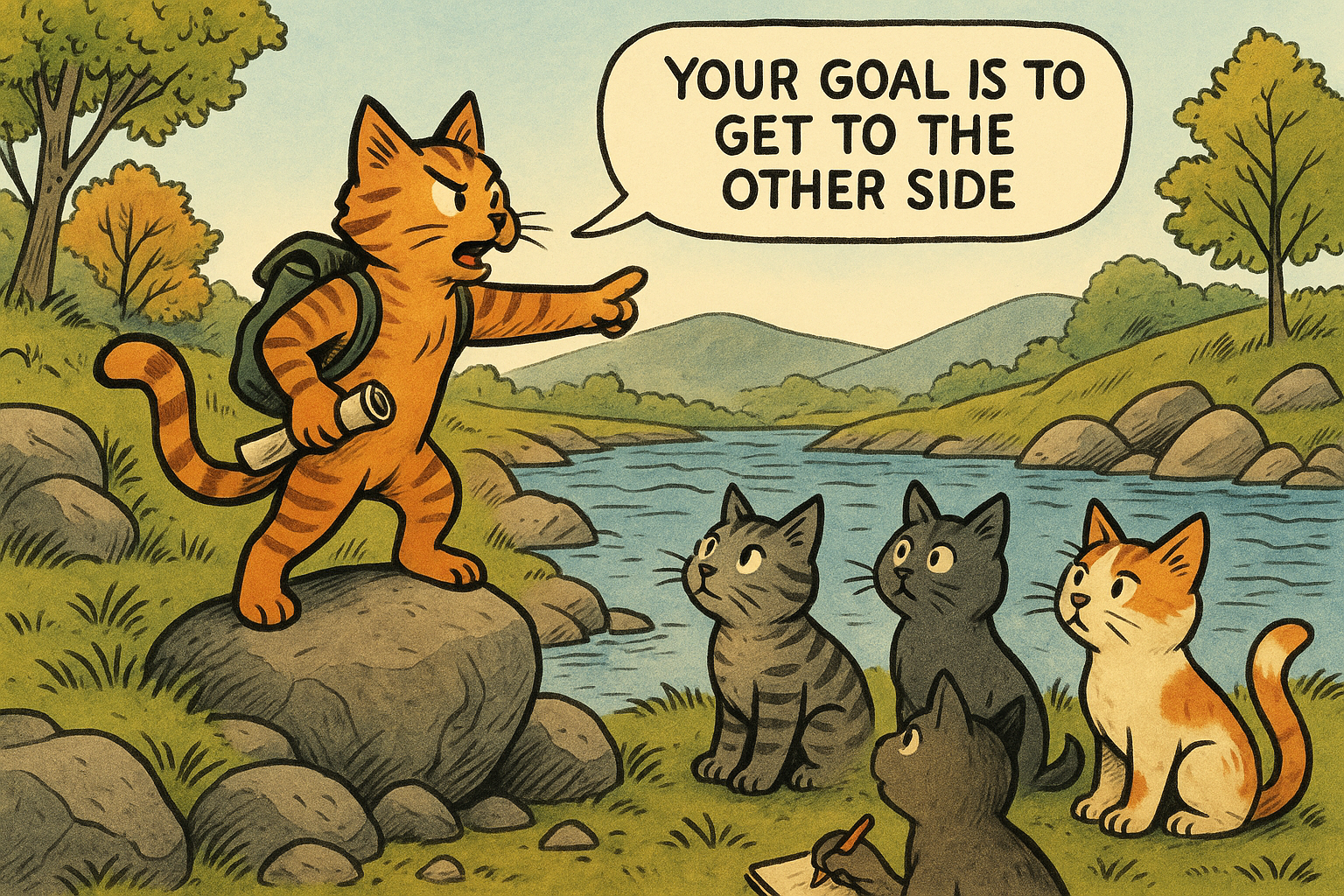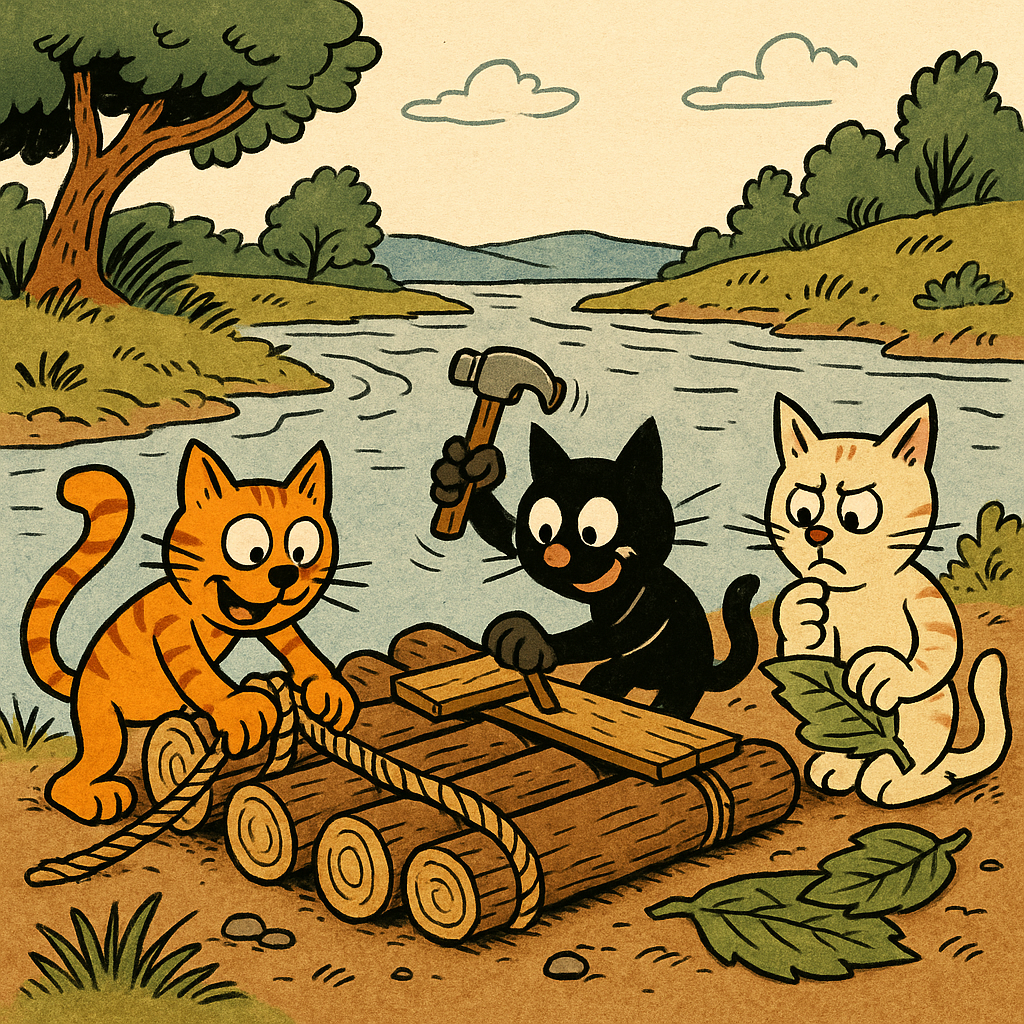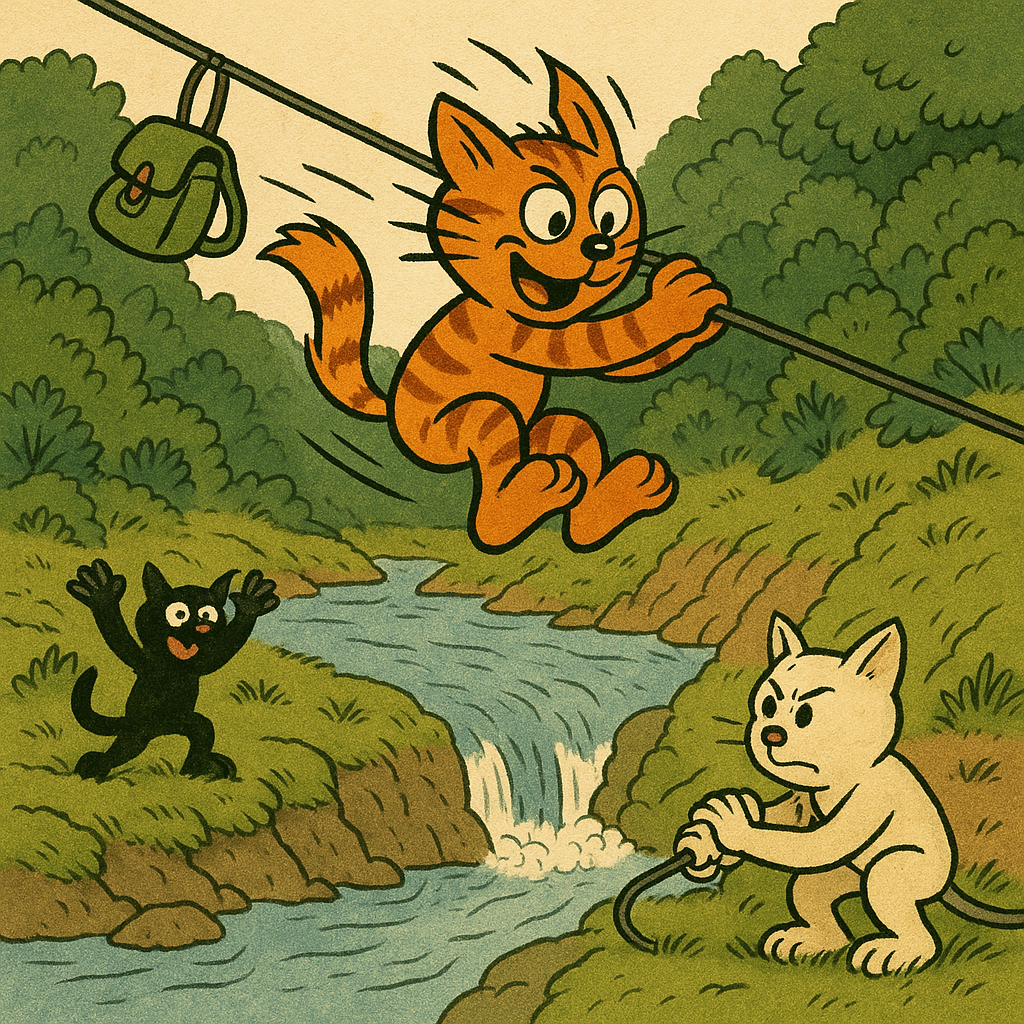You want your team to deliver results. But too often, well-intentioned leaders end up micromanaging the how — robbing teams of autonomy, creativity, and energy. In Agile environments, your role is to set direction, not to lay down the blueprint.
What if you just pointed to the goal, and let your team surprise you with how they reach it?

Telling the What...
When you say “Get to the other side of the river”, you give your team clarity of purpose — not a rigid plan.
- Clear outcomes spark innovation.
- Constraints breed creativity.
- Ownership fuels motivation.
Let go of the how. Focus on the why and the what.
...ignites the magic of creative solutions...
When teams are trusted, they surprise you. They might:
- Build a raft
- Walk through a shallow ford
- Set up a rope zipline
- Trade for a boat
- Try multiple options and adapt




"Different ways to achieve the same goal — and every one of them belongs to the team."
...while telling the How brings you at best what you asked for
Now imagine this:
You tell the team to build a suspension bridge. They sigh.
They struggle. They burn out. The bridge fails.
Why?
Because it wasn't their idea. You took away their ownership.


“You got what you asked for — but not what you needed.”
In the context of Scrum, Product Owners may feel tempted to provide detailed specifications in order to make implementation seem easier — thinking it's helpful to “hand off” a well-packaged Product Backlog Item.
But this often backfires:
- It introduces unnecessary constraints, limiting the team’s ability to make smart technical choices — often increasing technical debt.
- It raises the risk of misunderstanding, since detailed specs are still subject to interpretation, leading to defects or rework.
- It reduces space for innovation, leaving little room for the team to explore better solutions or improve the user experience.
- It undermines ownership, making developers feel like order-takers rather than problem-solvers — draining motivation and engagement.
Instead of specifying how to build a feature, clarify what outcome matters, why it’s important, and who it’s for. Then let the team craft the best solution.
Trust Over Control
If you want innovation, you have to stop scripting the journey.
Yes, telling people how might feel faster. You might think it ensures results. But it creates dependency, reduces learning, and quietly erodes motivation.
By contrast, trusting your team to figure out the how builds more than just results — it builds culture.
A culture of autonomy.
A culture of ownership.
A culture that lasts.
Trade short-term certainty for long-term capability. It’s not just good leadership — it’s sustainable product development.

